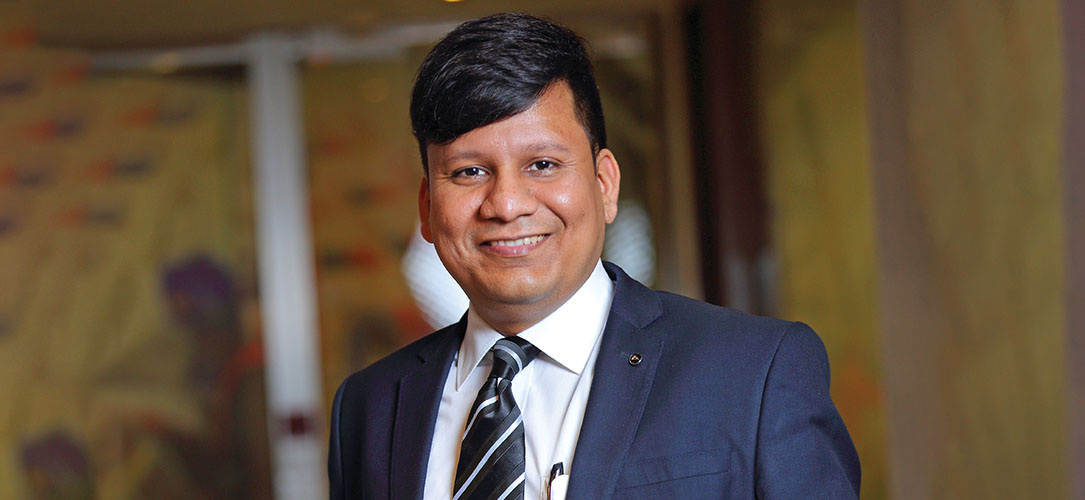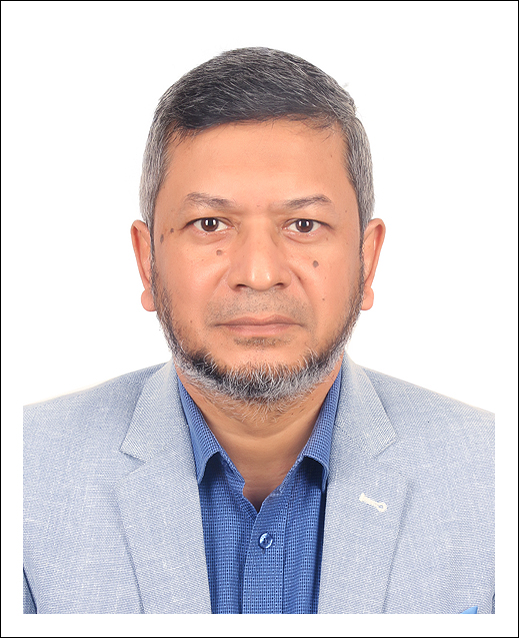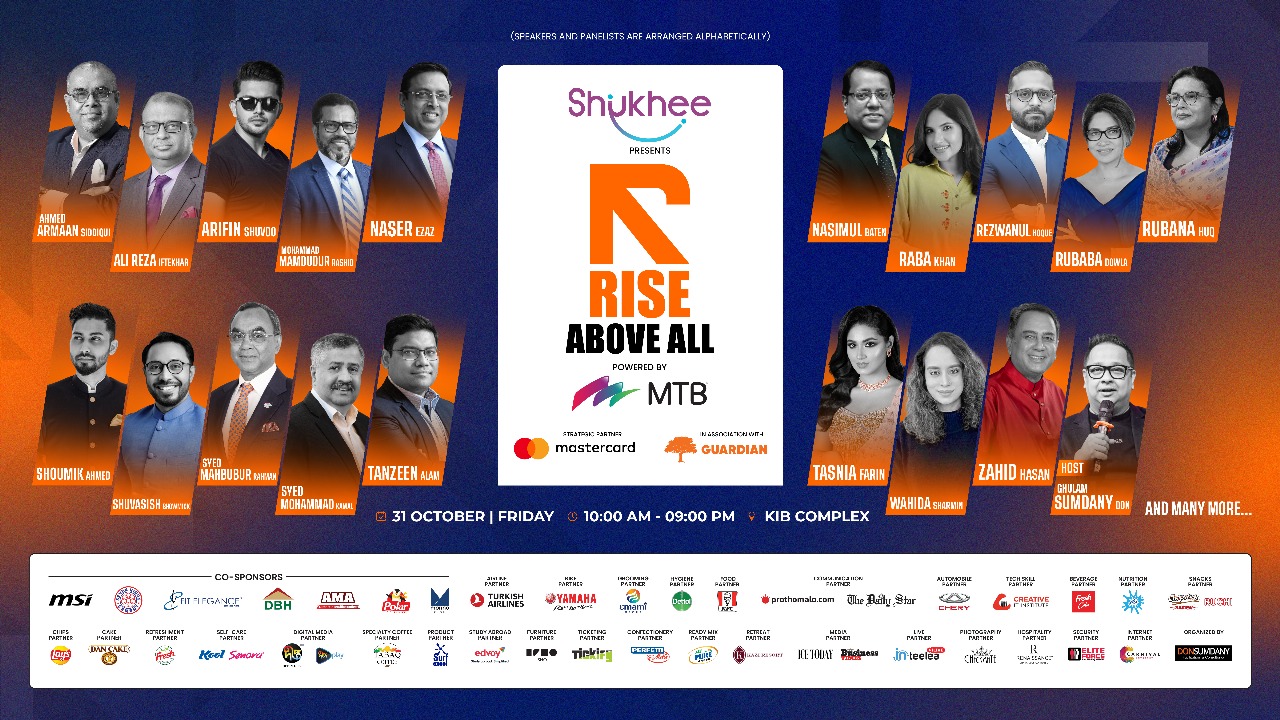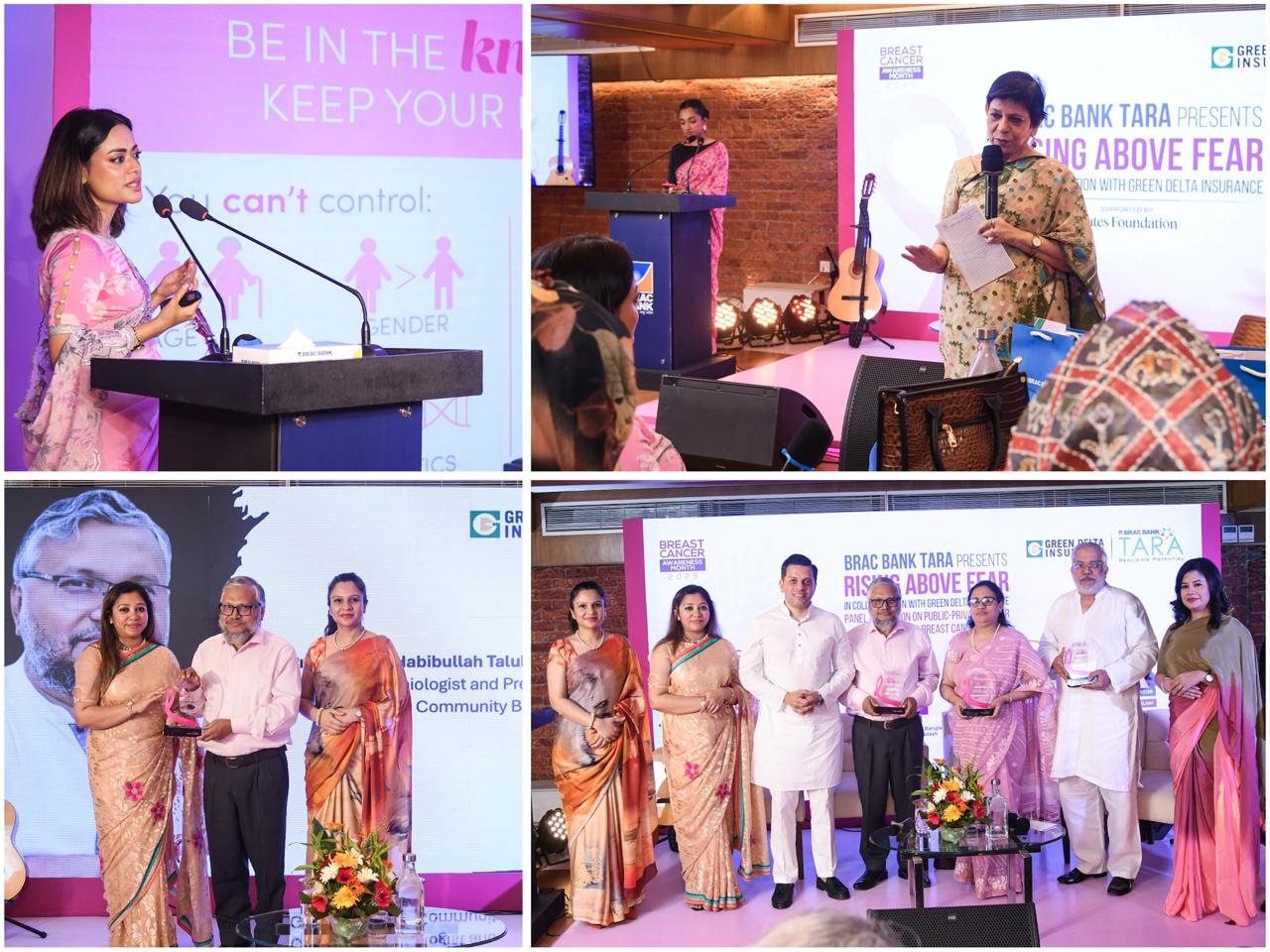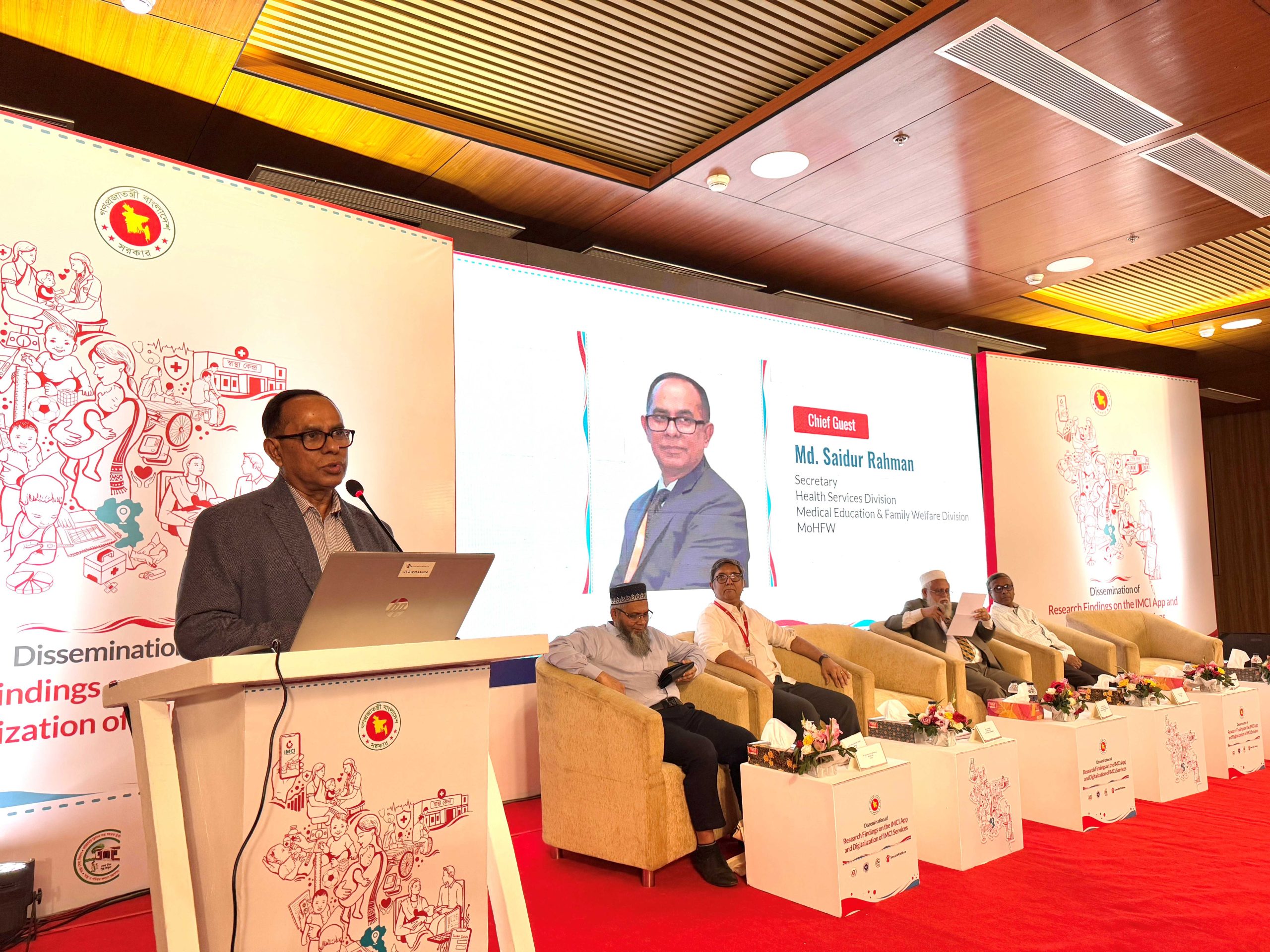Cementing A Legacy
How LafargeHolcim became the leader in producing building materials.
LafargeHolcim is the global leader in construction material. Can you shed some light on its operations in Bangladesh?
LafargeHolcim (LH) Bangladesh Ltd. is the largest Swiss investment ever made in Bangladesh. We made our footprints in Bangladesh in late 90’s.
The French company, Lafarge Group and Cementos Molins Group of Spain co-invested in the $400 million plant in Chhatak, Sunamganj. The project came into existence with support from IFC and ADB who were our equity partners along with other global financial partners like German Development Bank and European Investment Bank. Our plant at Chhatak, in Sunamganj is the only dry process integrated clinker and cement manufacturing plant in Bangladesh. The plant has production capacity of 1.65 million tons cement and 1.4 million tons of clinker. Bangladesh has no commercially extractable limestone reserves. LH Bangladesh owns a limestone quarry in Meghalaya, India, through its wholly owned subsidiary in India. The quarry in Meghalaya and plant in Chhatak are connected by a 17 kilometre long belt conveyor systems across Bangladesh and India, which is unique in the world. Limestone is mined and crushed in our quarry in Meghalaya and put on the belt conveyor and transported to our Chhatak plant.
Holcim Group of Switzerland also invested about $100 million in grinding capacities in Bangladesh. Two plants are situated in Meghnaghat, Narayanganj and Mongla. These grinding units have a production capacity of 2.2 million tons of cement per year.
We are not only producing cement but also bringing in state of the art technology. In addition, our technical service center works closely with our global research center based out of Lyon, France. For example we are the first in Bangladesh to have application-based multi-products and the first to introduce mobile concrete lab in the country to provide on-site solutions and services to the customers.
As you rightly said, LafargeHolcim is the global leader in construction material and as part of our global strategy, we are also actively exploring expansion outside cement into other construction materials like aggregate and ready-mix concrete.
LafargeHolcim has been known to introduce unique projects in Bangladesh. Can you please tell us more about these projects?
In a cement industry, about 90% of the value addition is in clinker production and rest 10% is in grinding clinker to cement. The basic raw material to produce clinker is limestone. Bangladesh does not have commercially extractable limestone. As a result, Bangladesh is the biggest clinker importer in the world. The cement industries in Bangladesh are importing clinker and grinding it to cement, and in that process they are adding the last 10% to the value creation process. LH Bangladesh is an integrated plant with 100% value addition, starting from mining of limestone up to finished product i.e. cement. LH Bangladesh is the only private company in Bangladesh who proudly owns a limestone quarry in Meghalaya, India, through its wholly owned subsidiary in India. Limestone is mined and crushed in our quarry in Meghalaya, India, put on the belt conveyor and transported to our Chhatak Plant.
This project is an excellent example of the friendship and economic cooperation between India and Bangladesh. This is the only cross border project between these two neighboring countries.
To establish this cross border cement plant, in the year 2000, the highest authorities of India and Bangladesh exchanged diplomatic letter, whereby these two sovereign countries committed to provide support needed to implement this project. This resulted in a bilateral agreement between the two nations for one private commercial project.
What makes your company different from other cement manufacturers in Bangladesh?
The cement industry of Bangladesh is dependent on imported clinker. By producing it’s own clinker, LH Bangladesh saves about $40-$50 million per year for the national exchequer of Bangladesh. To keep pace with the fast growing infrastructure ventures, it is time for the building materials market of Bangladesh to take the big step ahead and to transform the market from multi-purpose cement to customized cement solutions based on the requirement of the customers. In response to this demand LafargeHolicm Bangladesh is happy to contribute with the help of it’s world class expertise for plastering and soil stabilizing solutions. We are planning to introduce the Bangladeshi market to a lot more innovative and unique products in the future.
LafargeHolcim has also launched a program called Geocycle, aimed at turning waste into resource. Can you tell us in brief about it and how it is being viewed by the different sectors in Bangladesh?
Geocycle is a unique service offered by LafargeHolcim in Bangladesh. It has also been recognized by the UNEP (United Nations Environment Program) Basel Convention as a practical, cost efficient, safe and environmentally preferred approach compared to other waste treatment options. Co-processing the waste in cement kiln of our Chhatak plant guarantees complete destruction of all waste material as we burn these waste in high temperatures. Another good aspect of the process is that no further waste is generated from this operation. These advantages translate into tangible benefits for our industrial and commercial customers from different sectors. It is helping them in improving their environmental performance, achieving their sustainability targets, shielding their business from financial liabilities and safeguarding their brand while also enhancing their reputation.
What are the current challenges and opportunities in the cement industry of Bangladesh?
Bangladesh is now going through an extensive development phase. The demand for cement, as a key construction material, is continuously growing. For the last few years, the cement market in Bangladesh has been experiencing double digit market demand growth, which is one of the highest in the world. With a consistent GDP growth of above 7%, the demand for cement is expected to grow consistently. Rapid urbanization and increasing ability of individual builders always push the demand up while realization of mega projects including several infrastructure development programs would play a dominant role in raising the demand even further.
The current industry is fragmented with multiple players in the market and lower capacity utilisation. The competition is cut throat, which is beneficial for the end customers. In the long run the market is expected to expand even further. Present per capita cement consumption is approximately 120 kg which is much lower than other South Asian countries such as India, Malaysia, Singapore etc. This creates unique opportunity for the quality cement industries in Bangladesh to grow and to serve the customers better.
How do you envision the trajectory of your company in the next 10 years?
Our vision is to become the leading building material company, not in terms of market share but in terms of quality products, solutions and services. We have a product portfolio with a wide range of products and services to offer. We are providing customized product which have been made as per the requirements of the consumer. In the coming years we are going to introduce many variety of products and solutions, as per the requirement of our customer.
LafargeHolcim Bangladesh is also a best-in-business organization to work in. With world class opportunities for learning and development and a safe workplace for all, be that a male or female employee, we are becoming the employer of choice for the talented professionals of Bangladesh.
What role is LafargeHolcim playing in the economic and social development of Bangladesh?
The plants of LafargeHolcim Bangladesh are located in remote locations which has very limited economic and business activities due to its limited connectivity. The projects are extremely important for these communities. These projects have employed around 2,500 people and generated livelihood for about 10,000 families. The company is one of the major tax payers of the country, contributing about TK30 billion as Tax, VAT and customs duty annually. Our contributions have been recognized by National Board of Revenue (NBR) and the Government of Bangladesh as being one of the highest tax payers in Bangladesh.
As a good corporate citizen, LafargeHolcim Bangladesh is engaged in activities which are helping the society as well as the environment. As a part of its corporate social responsibility, the company has an extensive welfare program for the local community around its plants in Bangladesh and Meghalaya. These programs have been benefitting thousands of people, by helping them break out of the vicious cycle of poverty and have a shot at a decent and dignified life. And all this has been done by creating with opportunities for education, empowerment and providing health-care services. We are operating a free medical center and a primary school for the local community. These are some of the free services that we strive to provide in the remote area of Chhatak, for our workers. We are also helping in constructing infrastructure for the community, that includes bridges and schools.









